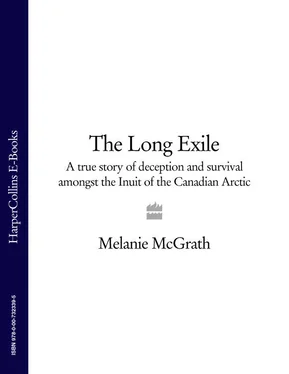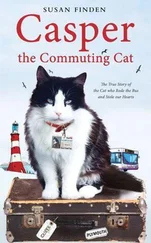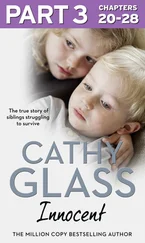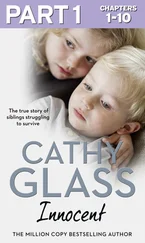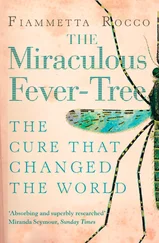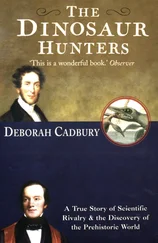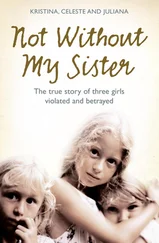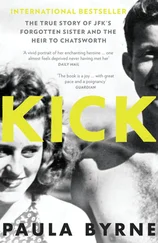1 ...7 8 9 11 12 13 ...16 Then, in the mid-nineteenth century, whalers came into the bay, and although whaling along the eastern shoreline never assumed the large-scale industrialised killing that was taking place along the bay's western coast or off Baffin and Herschel Islands, the presence of the whaling ships and, in particular, of those from New England which, unlike the Scots, overwintered in the region, increased the fraternising between white men and Inuit, with mixed results for the natives. Tuberculosis, measles, diphtheria, syphilis and missionaries spread through the region with equal enthusiasm. Entire families died of TB, whole settlements were ravaged by influenza. At the beginning of the twentieth century, the entire population of Southampton Island, around 300 souls, was wiped out in a measles epidemic.
The first mission was established by E. D. Peck in 1894 at Kuujjuarapik. Increasingly, the Ungava Inuit congregated around the whaling and trading posts and missions, to trade pelts, meat and clothes with the whalers and receive medicines, food and benediction from the missions. They began to settle, or at least to limit their previous wanderings to within a day or two's travel from these little settlements. The more concentrated their populations, the more game they took from the surrounding areas. Before long, all the land close to those stations had been hunted out and the Inuit found themselves more and more dependent on the largesse of the whaling crews or the missionaries.
The missionaries helped bring an end to the desperate Inuit practice of infanticide by parcelling out destitution rations to starving Inuit families and by taking in babies, particularly girls, whose parents could not feed them, and bringing them up as servants in the missions. They also helped put a stop to the widespread, if last-resort, Inuit custom of leaving their elderly to die. The fact that this was most often voluntary, the elderly themselves caulking in the final snowbrick, or setting themselves adrift on the waves in a paddleless kayak made it no less traumatic for the families. But God's messengers also had a sinister side. In the space of a generation they had persuaded the women of Ungava to dump their warm and very practical caribou-skin trousers for flimsy tartan skirts and Mother Hubbards. And on the subject of sex they were particularly punitive. They forbad Inuit men to take more than one wife, which sometimes left widows and their children to starve to death, and frowned on the age-old Inuit custom of wife swapping which, though it could be hard on the wives, nevertheless helped keep most camps free of the toxic intrigues of sexual jealousy. But what was more devastating to the Inuit sense of themselves was the missionaries' relentless suppression of their traditional beliefs and complex system of taboos. In most Inuit communities where missionaries held sway, shamans were banned from their customary practices and there were stories of missionaries smashing Inuit skin drums and forbidding the drum dances and songs by which Inuit passed on news from elsewhere. In the course of only a few years the doughty men of God had set the lid on a rich stew of belief which had been bubbling for a thousand years. Inuit were so cowed by what appeared to them to be Christianity's unsparing dogmatism, and so awed by the material riches it seemed to bring, that within the space of a few short years, most Ungava Inuit were refusing even to speak about the old beliefs and there were cases of families starving rather than take themselves hunting on a Sunday.
By the time Maggie was born, life in Ungava was becoming a mess of competing interests and contradictions. Whalers wanted the Inuit to be one thing, fur traders another and missionaries required something else again. None were content, it seemed, with leaving the Inuit to be Inuit. The confusion came to a head in 1906 when Thomas Watt Coslett killed the whale trade off with his invention of a means to prevent iron stays from rusting. As a result, the demand for whale bone in Europe and America ceased almost overnight. Some of the whalers packed up and headed off to the great fisheries at Grand Banks, others returned to their own countries and a few stayed in Arctic Canada and set themselves up as fur traders, or went to work for one of the established fur companies. The fur trade was nothing new and in Ungava it was centred almost exclusively around the Arctic fox. Unlike its cousins further west, whose fur is often speckled with blue, the Ungava fox is a wonderful creamy white in winter and this made it particularly sought after. Ever since their arrival on the eastern shores of Hudson Bay, whalers had been buying and selling fox pelts as a subsidiary business to their chief interest in bone and blubber. Those from New England were particularly strong on the trade, each whaling ship regularly bringing back a thousand or more fox pelts at the end of the annual whaling season. What was different now was the scale and organisation of the enterprise.
In 1909, when Maggie was still a child, the Révillon Fréres Company set up the first permanent fur post on the banks of the Innuksuak River at Inukjuak. Around the same time, the Fréres' great rival, the Hudson Bay Company, began to take a serious interest in the eastern reaches of the bay. The company had long since established posts along the western coast, principally at Fort Prince of Wales, now Churchill, in 1717, but it had left the east largely unexplored. Now it had no choice but to expand. Competition between the two great fur companies had become so intense that there were tales of fur traders in remote outposts keeping sleds ready-packed so that they could rush across the tundra and claim for their employers any rival post which had temporarily shut down through the ill health or death of the former post manager. Three years after the Fréres arrived at Inukjuak, the Hudson Bay Company commissioned an icebreaker, the Nascopie to patrol the eastern Arctic checking on its existing posts and looking for new openings and in 1920 the Bay finally opened up its own post at Inukjuak, to rival the Fréres', with another the following year in nearby Povungnituk.
By the time Josephie Flaherty was born Inukjuak was a flourishing fur post and, instead of hunting and occasionally assisting whaling ships, the Inukjuamiut were living principally on their earnings from trapping Arctic fox. The Hudson Bay Company and the Révillon Fréres were encouraging this trade, handing out the new, steel-sprung traps on credit and favouring those who brought back the largest number of pelts. Competition between the rival traders kept prices high and for a few years in the 1920s the winners in this great – and as it turned out, final – battle between the two fur giants were the trappers themselves. Though life in Ungava was by no means easy, no one starved to death, except by dint of the kind of terrible accident which befell Alakariallak.
Trapping was no longer a sideshow to the main event of hunting for meat. It had become the principal reason for men to go out on the land. It was a labour-intensive business, because the traps had to be maintained, checked and rebaited continually. The fox population was subject to a seven-year cycle. In peak years, trappers could expect to trap ten times the number of fox than they could in lean years. The changing fox population coupled with fluctuations in the price per pelt at the trading stations made the business uncertain even in good years, and the focus on trapping left Inuit families more dependent on the food, traps and ammunition to be had at the store. Although they did not know it, the Inuit of Inukjuak were about to fall into a web of dependency on southern trade from which they have not to this day been able fully to extricate themselves.
Although there are no written records of Maggie Nujarluktuk's life, it is safe to say that she would have pressed her new baby's nose to her own and given him an Eskimo kiss, which is not so much a kiss as a transfer of energies. We know she named him Josephie for his father, Robert Joseph Flaherty. Her midwife, a family member, would have picked him out an atiq , a soul name, to join his as yet unformed soul to all those who shared the same name. His grandmother would have found him an Inuk name, something that reflected the way he seemed to live in the world.
Читать дальше
